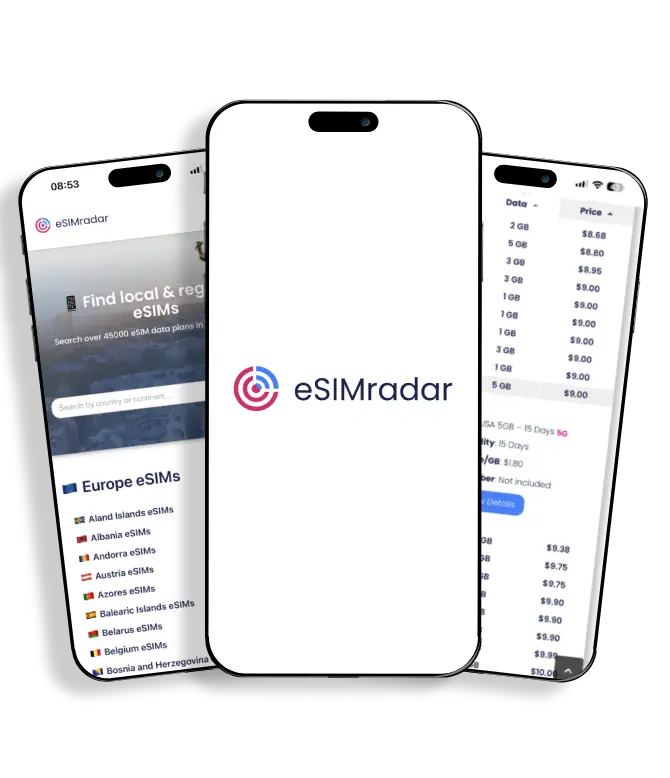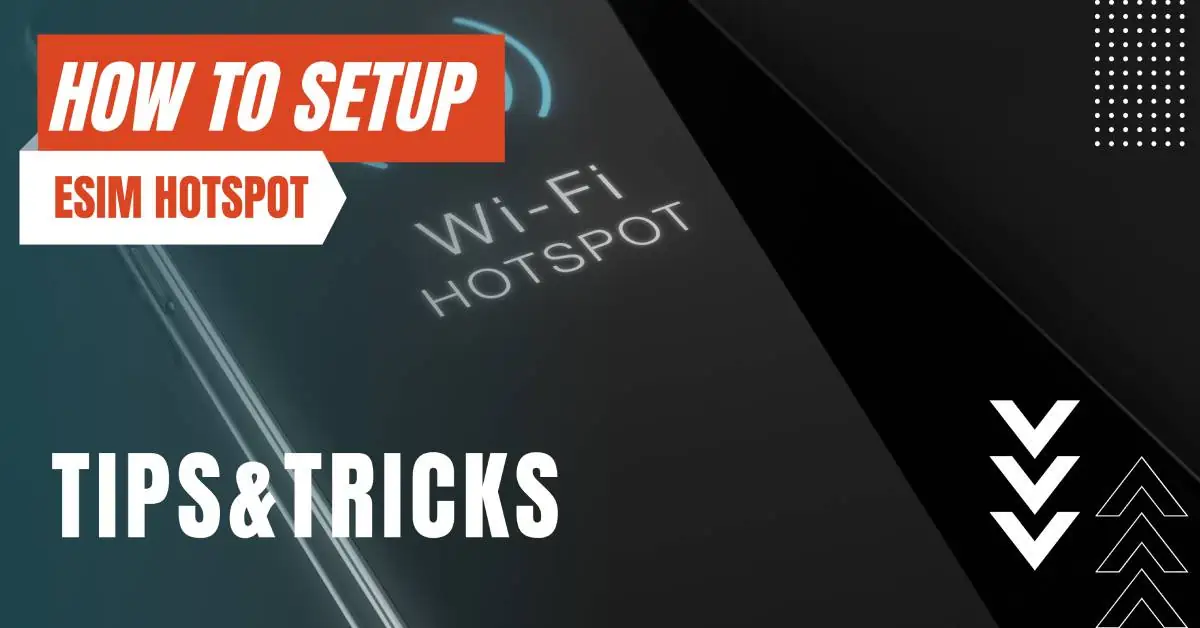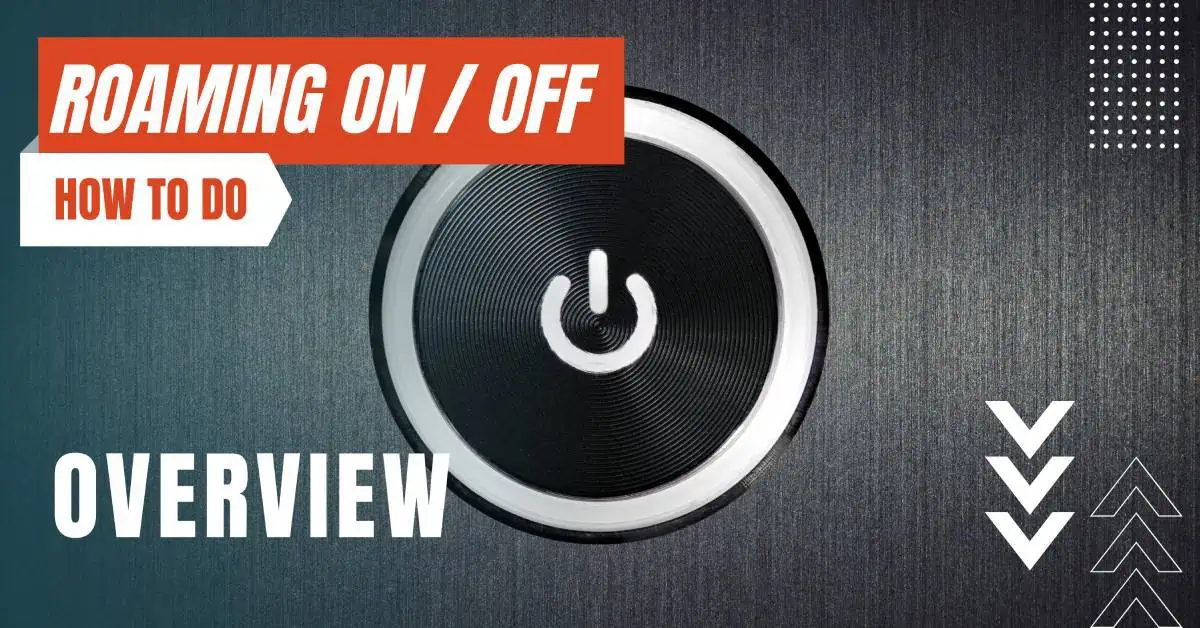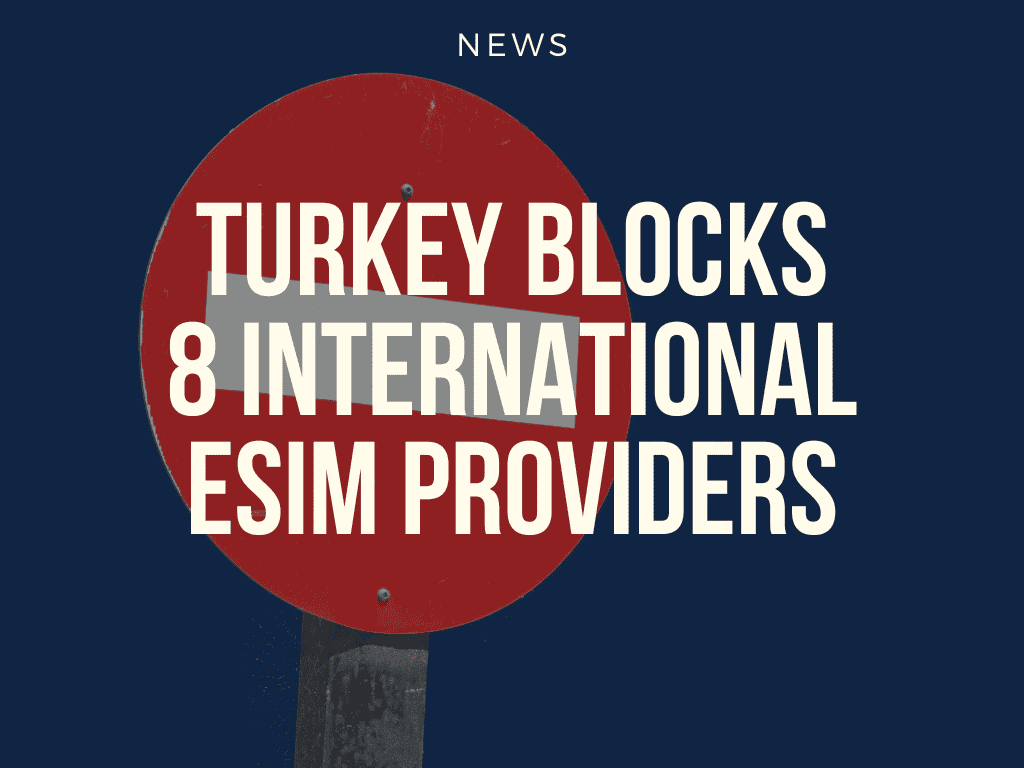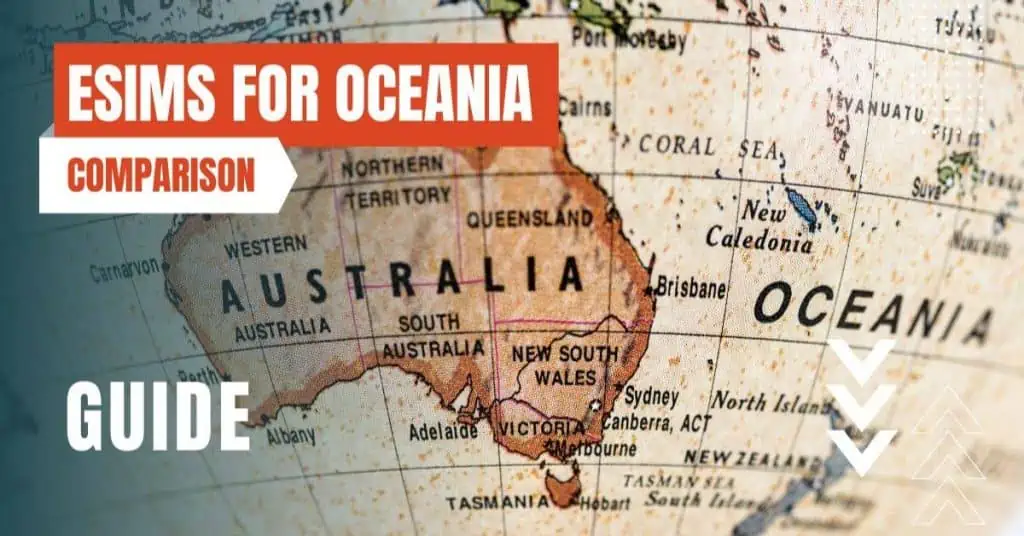All of the products and services we feature are chosen independently. If you click through links we provide, we may earn a commission. Learn more
Written by: Emily Chen
Should Data Roaming Be On
- Updated: September 30, 2023 | Published:
When it comes to data roaming, there’s often a cloud of confusion that surrounds this feature. Is it better to have it on or off? The answer is not as straightforward as you might think.
It depends on various factors, including your location, your service provider, and the type of SIM card you’re using.

What is Data Roaming?
Data roaming is a term used to describe the use of your mobile data while you’re outside the coverage area of your service provider. When you’re roaming, your phone is essentially borrowing data services from another carrier.
This can happen when you’re traveling abroad or even when you’re in a remote area where your usual provider doesn’t have coverage.
The Cost Factor
One of the main concerns with data roaming is the potential cost. When you’re using another carrier’s network, there can be hefty fees associated. These charges are often significantly higher than what you’d pay for data usage on your home network.
It’s important to note that these charges only apply if you’re using a local SIM card. If you’re using a travel eSIM or a travel SIM card, the situation changes.
Travel eSIMs and Travel SIM Cards
Travel eSIMs and travel SIM cards are designed specifically for use while traveling. They allow you to access data services without incurring the high costs associated with data roaming on a local SIM card.
For these types of SIM cards, you need to have data roaming turned on for them to work. This is because they operate by connecting to a local network in the country you’re visiting, which technically counts as roaming.
However, since these are prepaid services, you won’t be charged any extra fees. You only pay for the data you’ve pre-purchased.
Local SIM Cards
If you’re using a local SIM card, it’s generally recommended to turn off data roaming. This is to avoid any unnecessary charges.
When your phone is set to roam, it can connect to other networks when your primary network is unavailable. If this happens, you could be hit with unexpected fees.
Understanding Your Data Usage
One of the key aspects of managing data roaming effectively is understanding your data usage. Different activities consume different amounts of data. For instance, browsing the web or checking emails typically uses less data than streaming videos or downloading large files.
There are several ways to check your data usage. Most smartphones have built-in features that allow you to monitor how much data you’ve used. You can usually find this information in the settings menu under ‘Data Usage’ or a similar heading.
Some service providers also offer tools or apps that help you track your data usage. These can be particularly useful if you’re trying to stay within a certain limit or budget.
Managing Data Roaming on Different Devices
Android Devices
iOS Devices
Data roaming is a powerful tool that can keep you connected while you’re on the go. However, it’s important to use it wisely to avoid unexpected charges.
By understanding how it works and how to manage it effectively, you can make the most of your mobile data, wherever your travels may take you.
By entering your email & signing up, you agree to receive promotional emails on eSIMs and insider tips. You can unsubscribe or withdraw your consent at any time.

About The Author
Spread the Word, Share the Joy
Compare eSIMs
Why keep the secret to yourself? Spread the joy of eSIMradar and let everyone in on the eSIM experience!

Easy eSIM Comparison for Your Needs
Simplifying your search! Easily compare eSIM plans tailored to your specific needs

Coverage in 210+ Countries
Benefit from our extensive eSIM comparison with 30+ providers in over 210 destinations.

Save money without second-guessing
Our platform helps you maximize value, ensuring competitive prices.

Enjoy Hassle-Free Travel Abroad
Whether you’re on holiday or a business trip abroad, stay connected with ease and focus on enjoying your experiences,
Find Your Perfect eSIM & Exclusive Deals!
Find your ideal eSIM effortlessly and stay connected in style wherever your adventures take you! Get exclusive deals and discounts at your fingertips, ensuring you get connected for less on your travels!
